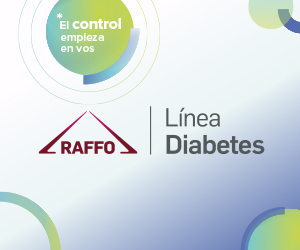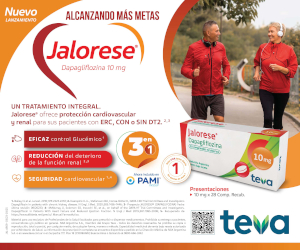O3 Impact of hyperglycemia and the relationship of the therapeutic action of metformin on telomere length
DOI:
https://doi.org/10.47196/diab.v54i3Sup.364Keywords:
hyperglycemia, metformin, telomeresAbstract
Introduction: Hyperglycemia is one of the most important factors that determine the production of oxidative stress and inflammation, processes that can accelerate telomere shortening.
Objectives: To analyze absolute telomere length (LTa) in individuals with impaired fasting glucose levels (GAA) compared to individuals with normal glucose levels (GAN). To study, from a prospective controlled study, the variation in LTa in patients with decompensated DM2 before and after treatment.
Materials and methods: A population of 246 individuals of both sexes was studied, consisting of individuals with obesity, individuals with DM2 or MODY and healthy control individuals. They were divided into individuals with glycemic levels <110 mg/dl (GAN group, made up only of healthy controls) and glycemic levels >=110 mg/dl and <125 mg/dl (GAA group). Additionally, they were divided by age groups: under 25 years (<25Y), between 25 and 50 years (25-50Y) and over 50 years (>50Y). A subgroup of 30 patients with recently diagnosed DM2 was studied, at the beginning (T0) and 6 months (T6) of pharmacological treatment and hygienic-dietary measures, with the aim of achieving metabolic compensation. In both studies, the biochemical-clinical variables of all individuals and LTa were determined by real-time quantitative PCR. Statistical analyzes were performed using GraphPad Prism and SPSS software.
Results: the GAN and GAA groups show significant differences in all the variables analyzed. LTa correlates negatively and significantly with age (r=-0.21, p=0.009) and increasing glycemic ranges (r=-0.32, p<0.001). The GAN group showed a significantly higher LTa than the GAA group (13.48±7.73 vs 5.95±0.51 kbp, p<0.001) (Figure 1a). On the other hand, GAN individuals have a higher LTa than GAA individuals comparing the same age group: <25Y (14.31±7.51 vs 7.95±3.91 kbp, p=0.013); 25-50Y (12.65±8.01 vs 5.11±4.91 kpb, p=0.002) and >50Y (14.95±6.69 vs 5.33±4.53 kpb, p=0.002) . The T2DM subgroup subjected to pharmacological treatment and dietary hygiene measures showed a negative association between the variation of LTa after treatment and age (r=-0.12, p=0.02), (Figure 2a). The most relevant result of this study was the positive and significant association we found between the variation in LTa after treatment and the dose of metformin (r=0.003, p=0.007).
Conclusions: Glycemic control could prevent accelerated telomere shortening and reduce the risk of developing age-related diseases. The increase in LTa after treatment in DM2 was associated with younger individuals and the use of higher doses of metformin. LTa can be an effective marker to intervene early in hyperglycemia.
Downloads
Published
How to Cite
Issue
Section
License

This work is licensed under a Creative Commons Attribution-NonCommercial-NoDerivatives 4.0 International License.
Dirección Nacional de Derecho de Autor, Exp. N° 5.333.129. Instituto Nacional de la Propiedad Industrial, Marca «Revista de la Sociedad Argentina de Diabetes - Asociación Civil» N° de concesión 2.605.405 y N° de disposición 1.404/13.
La Revista de la SAD está licenciada bajo Licencia Creative Commons Atribución – No Comercial – Sin Obra Derivada 4.0 Internacional.
Por otra parte, la Revista SAD permite que los autores mantengan los derechos de autor sin restricciones.


































